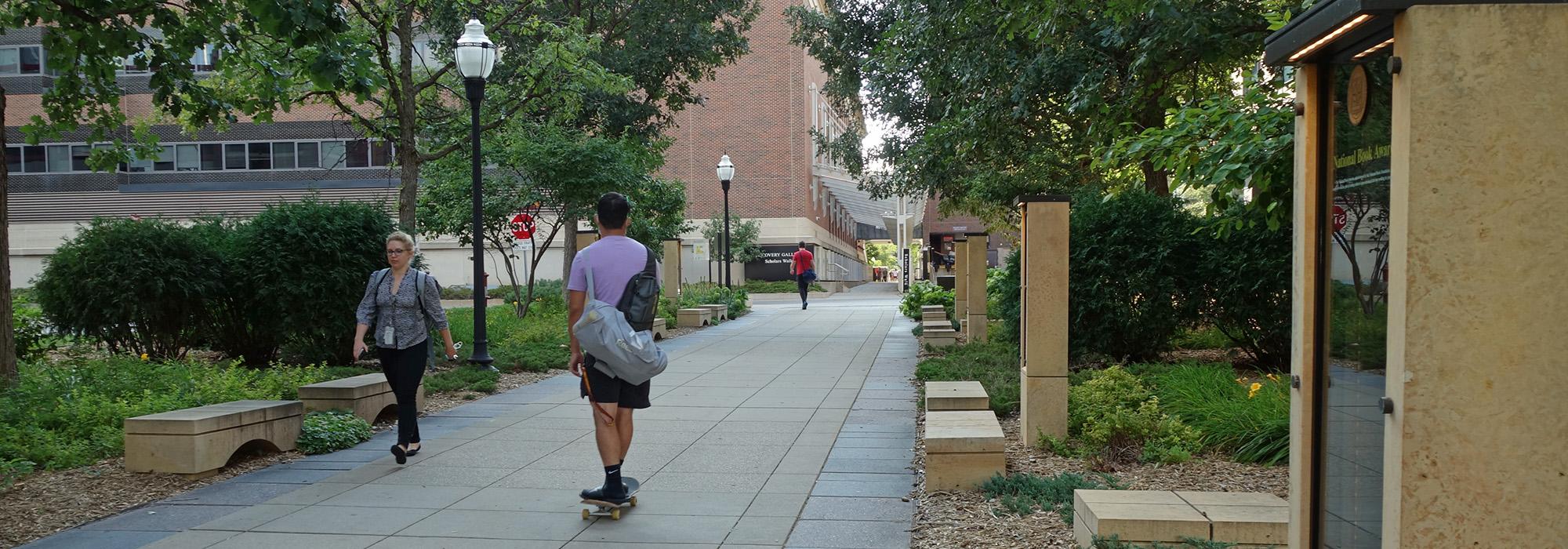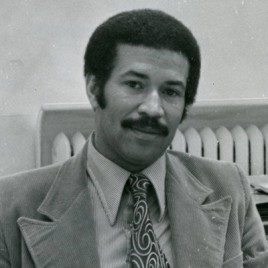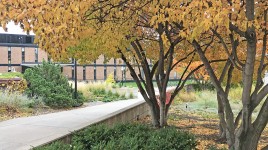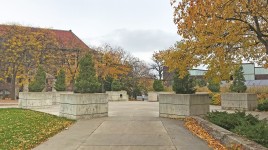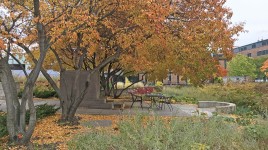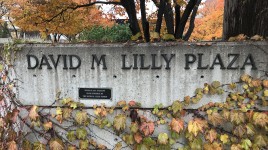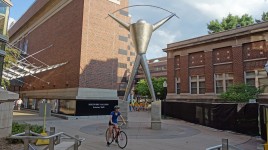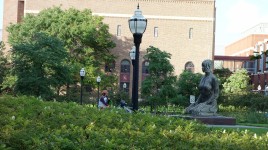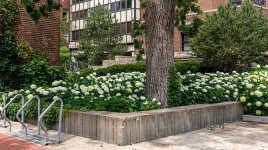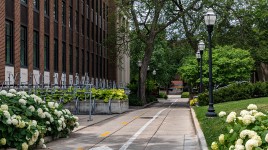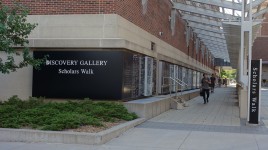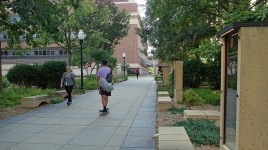Pioneer Information
Born in Powhatan, Virginia, Hewitt earned a B.S. in ornamental horticulture from Virginia State College in 1956. He continued his education at Michigan State University, receiving a B.S. in landscape architecture in 1963 and a M.L.A. in 1965. As a student at Michigan State University, Hewitt worked as a landscape architect for the university’s division of physical plant planning and development. Upon graduating he was engaged by the HBCU (Historically Black College and University), Southern University as the superintendent of campus grounds and development. In 1968 he relocated to Ann Arbor, where he served as the assistant university planner at the University of Michigan.
In 1972 Hewitt was appointed director of physical planning and assistant professor of horticultural science at the University of Minnesota, contributing to the 1972 University of Minnesota - Deluth master plan. The following year he began instructing in the landscape architecture department and was promoted to assistant vice president of physical planning. In 1978 he produced a Development Plan for the Deluth campus that addressed housing, circulation, land use, construction, and accessibility. Beginning in 1983 Hewitt served as an associate professor of landscape architecture and as the associate vice president of physical planning, overseeing campus improvements and landmark projects including David M. Lilly Plaza (1986), Weisman Art Museum (1993), and Scholar’s Walk (2006). Hewitt coordinated the development of master plans for each campus in the university system (Twin Cities, Crookston, Duluth, and Morris), published in 1996; and also contributed to their updates in 2005 and 2009. He retired from the university in 2009 and was honored as a professor emeritus by the university’s College of Design. In 2010 the university established the Clinton N. Hewitt Fellowship Fund and the Clinton N. Hewitt Planning and Design Study Fund.
Since 2007, Hewitt has served on the board of directors of Hope Community, Inc., a non-profit organization based in Minneapolis. He was named a Fellow of the American Society of Landscape Architects in 2011.
Photo courtesy University of Minnesota Archives Photograph Collection, University of Minnesota Archives



